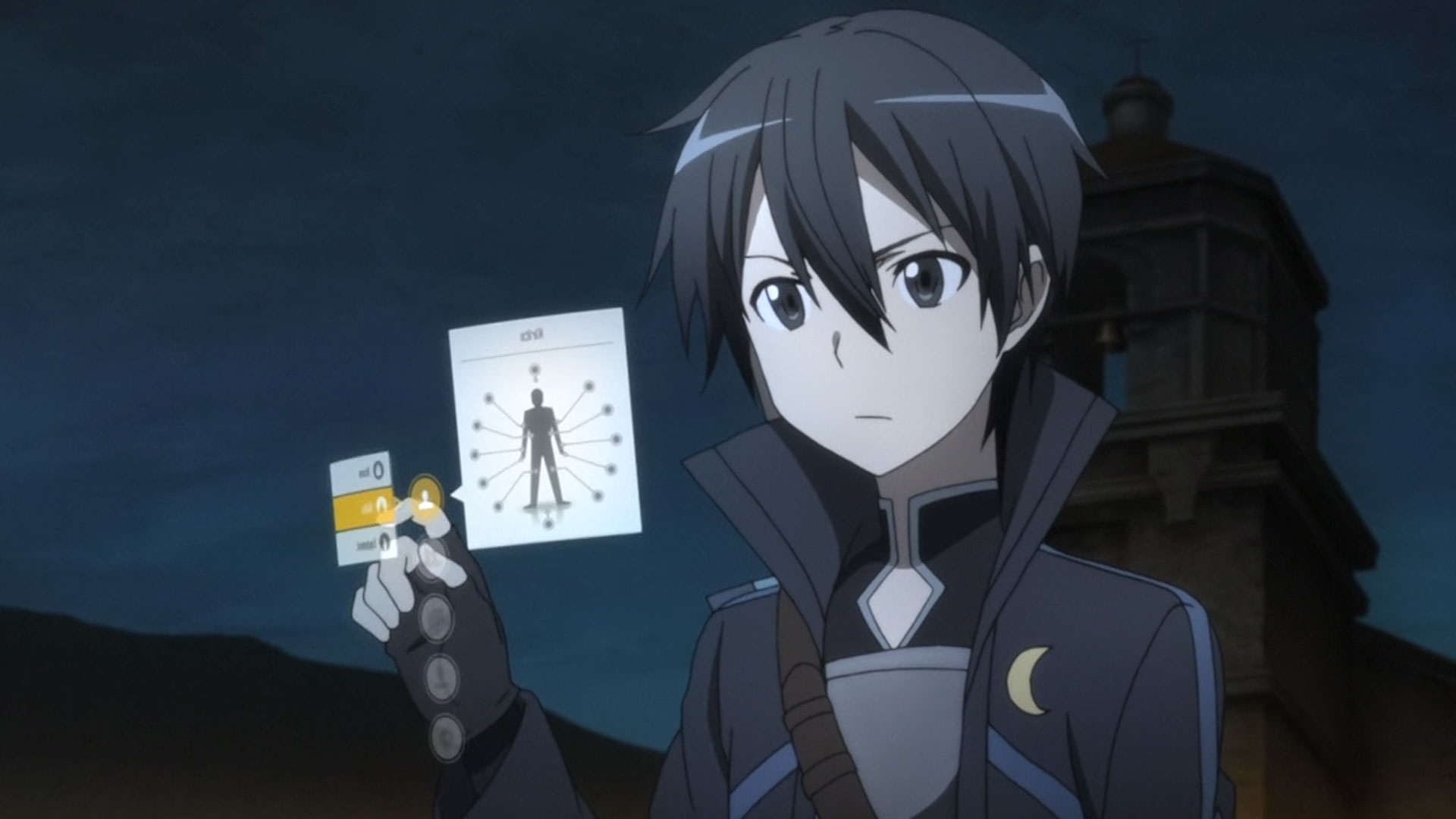Wondering why some fantasy anime feel like isekai despite not being isekai? This is why.
Summary:
- Many fantasy anime borrow game elements like “level” for their worldbuilding.
- The trope existed for a while, but only became mainstream after Sword Art Online.
- These elements make no sense in most fantasy anime and make them unnecessarily similar to each other.
In most fantasy anime nowadays, viewers can see common terms like “mana”, “class”, “level” and so on. They’re so widespread now that even newer fans understand them pretty much intuitively.
These elements are even mentioned in anime titles, further establishing them as the new standard for the genre. A good example is arguably the biggest hit of the season, Solo Leveling. However, this trend is not necessarily good for the genre: on the contrary, it severely limits its creativity.
The trope is actually pretty old
.jpg)
It’s hard to pinpoint exactly when the addition of game elements to anime has become a trend. The common point mentioned by fans seems to be 2012 — the release of Sword Art Online, the most popular “stuck in the game” anime which reshaped the fantasy settings that came after it.
Sword Art Online was not the first anime like that. Even the “stuck in the game” premise goes as far back as 2002, with .hack//Sign being a direct inspiration for SAO. That said, until the boom of SAO, these were mostly seen as a gimmick and not as a genre standard.
These elements come from games, but don’t necessarily belong in anime
.jpg)
A lot of these elements originate from the Dungeons & Dragons tabletop RPG, but gained widespread popularity in computer games. They make sense in anime where characters are stuck in the game, like Log Horizon — or in isekai series where they are transported into a game.
Outside of those, however, concepts like “level” have little meaning if you think about them. It’s really hard to imagine a world where what you do is dictated by magical numbers that are pretty much arbitrarily raised. Fantasy worlds are not supposed to be realistic, but codifying everything like that just takes away from the magic.
These elements make the genre worse
.jpg)
The big issue, however, is how similar all these series feel to each other. A game-like system makes the fantasy genre incredibly stiff and boring. Borrowing worldbuilding elements from games limits creativity and makes the series feel unnecessarily game-y.
This is also why many fans often say modern fantasy anime feel like isekai even when they are not — this season’s The Strongest Tank's Labyrinth Raids is an example.
Since many isekai settings are games that the protagonists have played before, it feels like game elements make the anime isekai by default. Perhaps it’s time for the trend to end.

